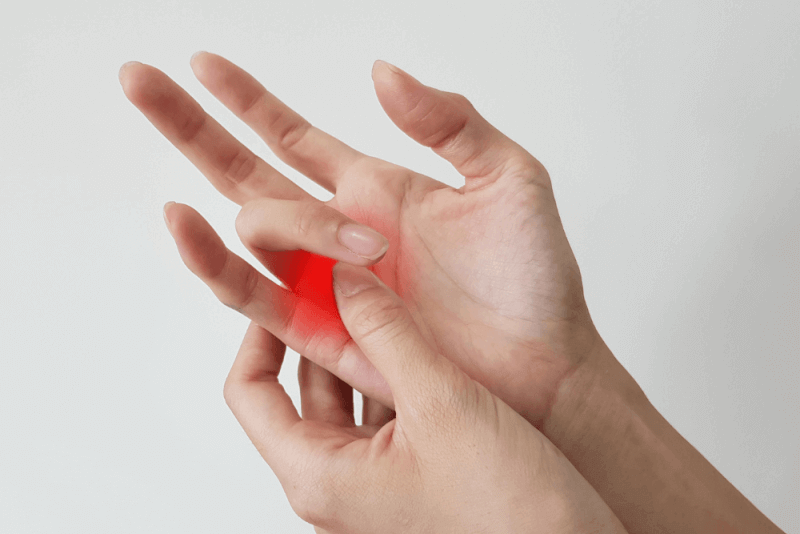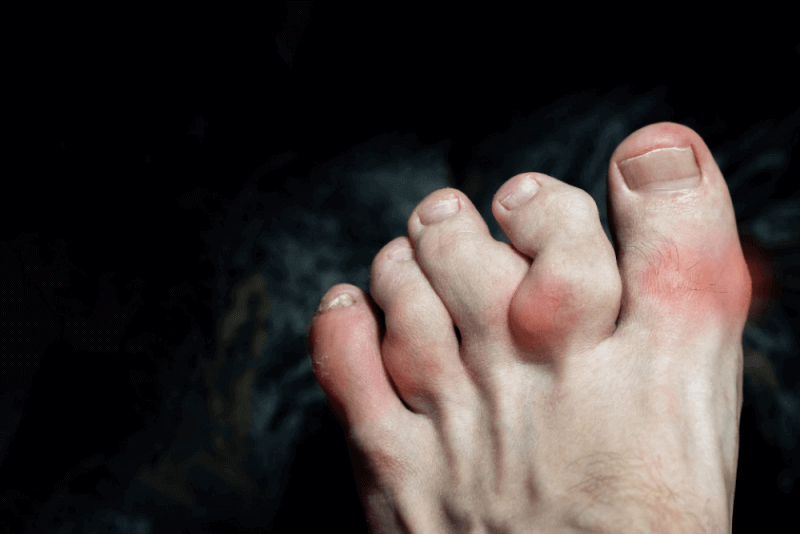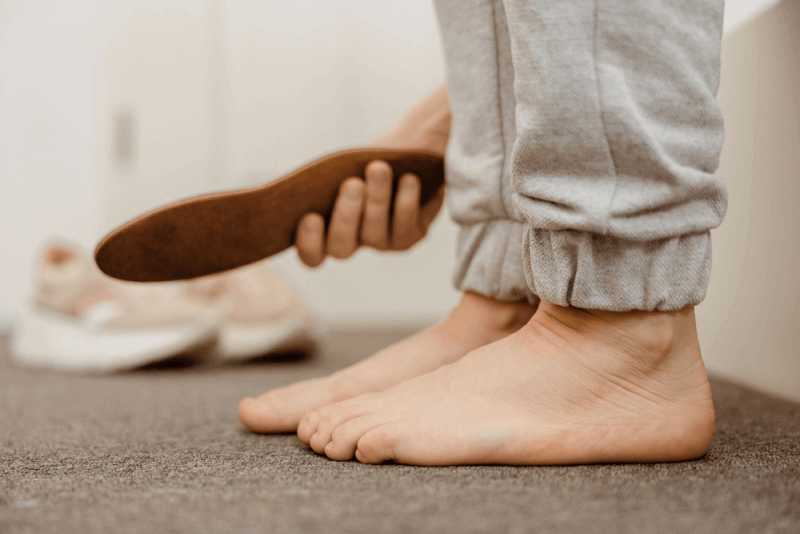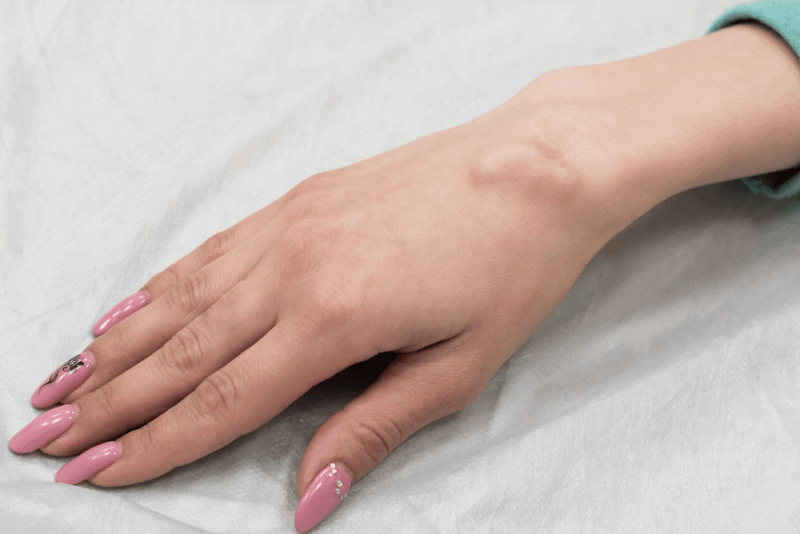What is trigger finger?
Trigger finger, a condition that makes it difficult to move the fingers, causes the fingers to freeze in a flexible position. This disease, which affects the tendons in the fingers, takes its name from the shape of the fingers.
Because the fingers look as if they are trying to pull an invisible trigger. The affected fingers are trapped, bent towards the palm. It can be impossible to straighten the affected fingers. This health problem can affect any finger and often affects the ring finger.
Why does trigger finger happen?
Trigger finger is caused by swelling in or around the tendons. Tendons are bands of tissue that connect muscles to bones. The tendons and muscles in the hand work together to stretch and straighten the fingers. These tendons are surrounded by a tunnel of tissue called a sheath. The sheath protects the tendons and keeps them in place.
In the case of trigger finger, the tendons become irritated and swollen. For this reason, they cannot easily slide out of their sheaths. It is also possible to develop nodules in the affected tendon. The nodule is often caught or pinched in the so-called A1 pulley of the tendon. If it is more difficult than normal for the tendon to slide in the A1 pulley, the finger will become stiff.
Trigger finger risk factors
Trigger finger can occur in everyone. However, it is more common in people between the ages of 40 and 60. Having a job or hobby that requires strenuous repetitive movements increases the likelihood of developing trigger finger. Examples of these jobs include the following.
- Farming
- Industrial work or working with tools
- Playing an instrument
- Playing racquet sports
In addition, people with certain health conditions are more likely to develop trigger fingers. These health conditions include the following.
- Arthritis
- Rheumatic arthritis
- Gut
- Diabetes
- Amiloidosis
- Thyroid disease
Symptoms of trigger finger
The most common symptoms of trigger finger include the following.
- Feeling of snapping or popping when moving the fingers
- Feeling pain or stiffness when bending the fingers towards the palm
- Pain felt in the palm near the base of the fingers
- Pain in the palm of the hand worsens when grasping something
- Swelling or a tender lump in the palm
- Locking my fingers in a bent position
- The need to use the other hand to change the position of the fingers
Finger locking is particularly worse in the morning. The stiffness decreases during the day as the fingers start to be used.
Diagnostic criteria for trigger finger
The diagnosis of trigger finger is made by physical examination. Experts analyze the symptoms by examining patients' hands and fingers. It is necessary to report when pain and stiffness were first noticed and whether certain activities worsen the symptoms. Specialists will move the fingers to feel the click and measure how stiff the joints are.
The doctors must be told if any movement or position hurts. There are no specific tests to diagnose trigger finger. However, imaging tests such as ultrasound and X-rays can be used to examine the condition of the tissues and bones in the hand.
Trigger finger treatment methods
Treatment of trigger finger varies according to the severity of the symptoms. Commonly used treatment options include the following.
Rest
Taking a break from work, hobbies, or tasks that cause trigger finger gives the tendons time to heal, allowing trigger finger to heal.
Splinting
The finger affected by trigger finger may require splinting to hold it in place and help it return to its normal position.
Stretching exercises
Various stretching exercises can be used to help the tendons regain their deficiency.
Anti-inflammatory drugs
Over-the-counter anti-inflammatory drugs, such as naproxen or ibuprofen, can help relieve pain and reduce swelling. Prescription anti-inflammatory drugs and cortisone injections can also be prescribed.
Trigger finger surgery
If other treatment options do not help, surgery may be recommended. In this surgery, a trigger finger release procedure is performed. In these operations, which are performed under local anesthesia to numb the area around the affected fingers, a small incision is made in the sheath around the affected tendons.
Through this incision, more space can be provided to help the tendons move along the sheath. Trigger finger release is an outpatient procedure. For this reason, patients can return home after the operation.
Complications of trigger finger surgery
Complications that can be seen after trigger finger surgery include the following.
- Infection
- Finger stiffness or pain
- Scarring
- Sensitivity
- Nerve damage
- You too are in the wrong position
- Pain and swelling in the hand
What should be considered after trigger finger surgery?
The doctor will advise you when you can start using your fingers again after trigger finger release surgery. It takes a few weeks for recovery. It may take several months for patients to return to their normal activities after surgery.
After surgery, patients may need to wear a splint for 6 weeks. However, thanks to the prescribed anti-inflammatory drugs, the duration of splint use is reduced. The finger should be able to be moved immediately after the operation. The hand should be raised above the heart to prevent swelling of the surgical site and to relieve pain. Swelling and stiffness lasts up to 6 months.
Tetic finger exercises
Exercises can help relieve trigger finger symptoms. It is recommended to do this routine 3-5 times a day. Over time, exercises should be done every hour.
Passive wrist stretching
From this movement, the palms are joined just below the chin. Slowly lower the hands to the waist with the hands close to the body and the palms facing each other. When tension is felt in the wrist and fingers, the position is maintained for 10 seconds.
Fingertip curl
The finger is held just below the tip and then the tip is bent. However, the rest of the finger should be kept straight. It is an exercise that should be repeated 5 times.
Twisting of the finger joints
While holding the hand in a straight position, bend the tip and middle joint of the finger. The movement should be repeated 5 times.








